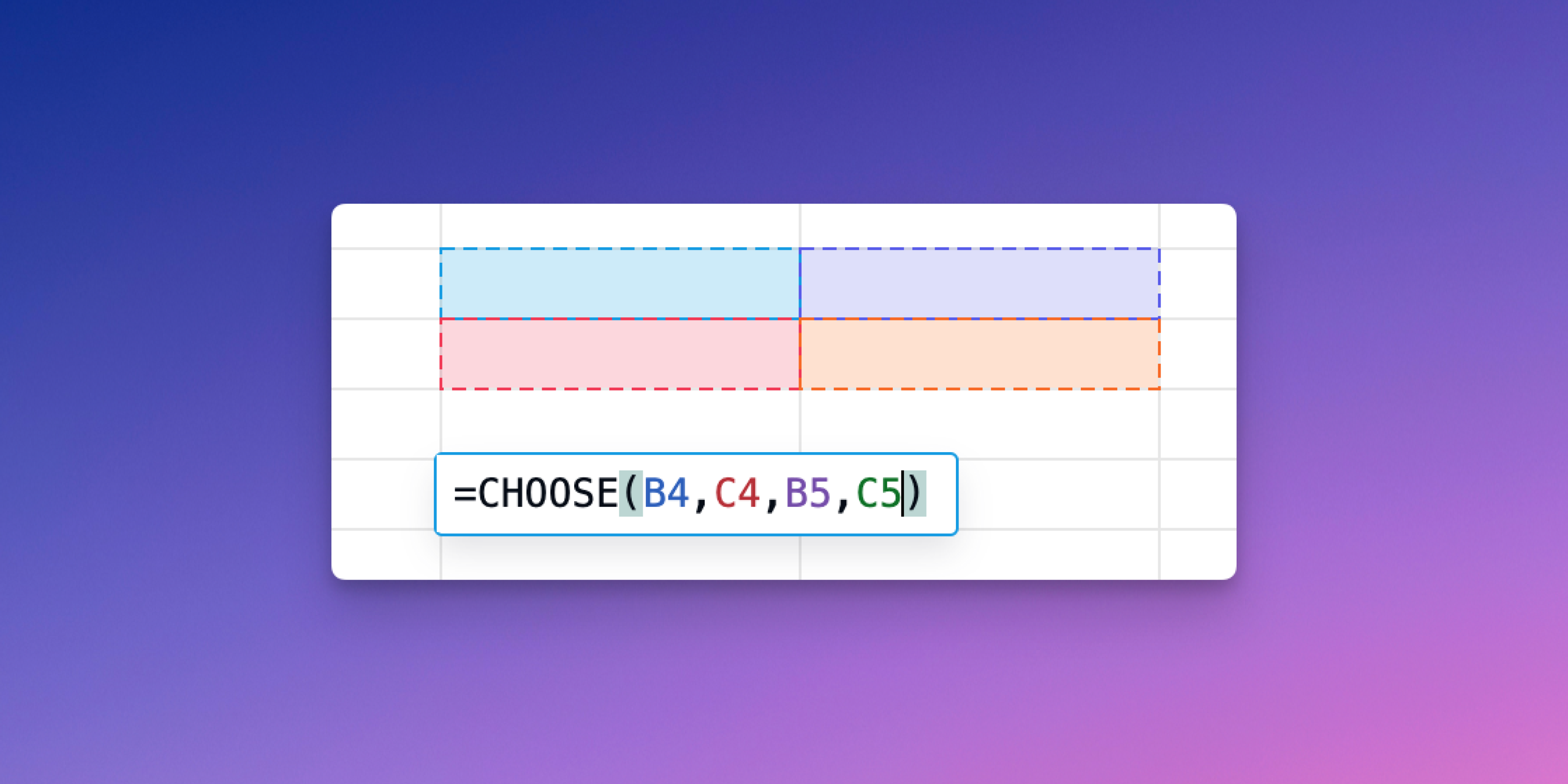A spreadsheet is a computer application for organization, analysis and storage of data in tabular form. Spreadsheets are developed as computerized simulations of paper accounting worksheets. The first electronic spreadsheet, VisiCalc, was developed in the late 1970s. Lotus 1-2-3, released in 1983, became the first massively popular spreadsheet application. Microsoft Excel, released in 1985, is currently the most widely used spreadsheet application. Spreadsheets are used in a variety of fields, and have become increasingly complex and powerful over time.
The Origins of Spreadsheets
The first electronic spreadsheet, VisiCalc, was developed by Dan Bricklin and Bob Frankston in 1978. VisiCalc was designed to be used on the Apple II computer. It allowed users to enter data into cells of a grid, and then use formulas to manipulate and analyze the data. VisiCalc was incredibly popular, and quickly became the best-selling software program for the Apple II. It is credited with making the Apple II a viable business computing platform.
VisiCalc was eventually eclipsed by other spreadsheet programs, but it remains an important part of the history of computing.
The Early Days of Spreadsheets
Lotus 1-2-3, released in 1983, was the first spreadsheet to run on IBM PC computers. It quickly became the most popular spreadsheet application, due to its ease of use and powerful features. Lotus 1-2-3 included support for graphics and macros, and was also capable of handling larger amounts of data than VisiCalc. Microsoft Excel, released in 1985, was designed to be a direct competitor to Lotus 1-2-3. Excel included many of the same features as Lotus 1-2-3, but was also designed to be more intuitive and easier to use.
Both Lotus 1-2-3 and Microsoft Excel were extremely popular in the early days of personal computing, and set the standard for all subsequent spreadsheet applications.
The Spread of Spreadsheets
Spreadsheets quickly became popular in a variety of fields, due to their ability to simplify data analysis and storage. Businesses began using spreadsheets for financial analysis, inventory management, and a variety of other purposes. Scientists and engineers used spreadsheets to store and analyze data from experiments. Researchers used spreadsheets to organize and analyze data from surveys. Spreadsheets were also used for personal finance, budgeting, and a variety of other personal uses.
As the popularity of spreadsheets grew, so did the number of features and functions that they offered. Spreadsheets became more powerful and sophisticated, and they began to be used for more complex tasks. Today, spreadsheets are an essential tool for businesses, scientists, engineers, researchers, and individuals all over the world.
Spreadsheets have come a long way since their humble beginnings, and they show no signs of slowing down. They are an essential tool for anyone who needs to analyze and store data, and they will continue to be used for a variety of purposes for years to come.
The Modern Spreadsheet
Spreadsheets have continued to evolve over time, becoming more powerful and feature-rich. Modern spreadsheet applications include support for complex formulas, graphing and charting, pivot tables, and a variety of other features. Spreadsheets can now be used for statistical analysis, data visualization, and a variety of other purposes. They are an essential tool for businesses, scientists, engineers, and researchers all over the world.
As spreadsheet applications have become more powerful, they have also become more user-friendly. Today, even people with no prior experience with spreadsheets can quickly learn how to use them. This has made spreadsheets an essential tool for a wide range of users, from students and home users to businesses and government organizations.




